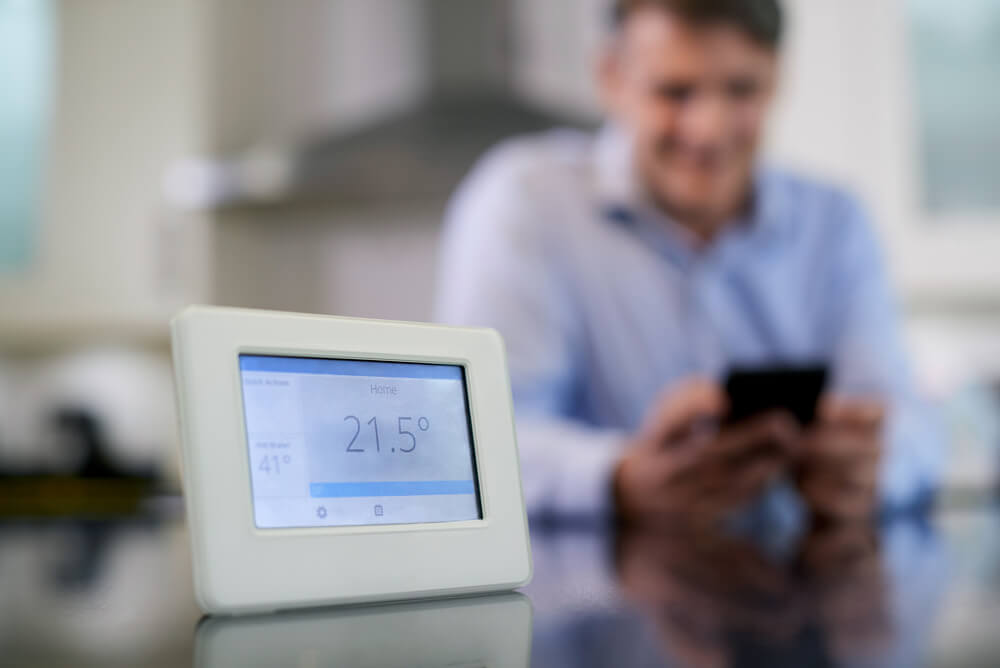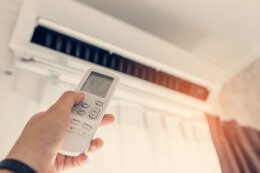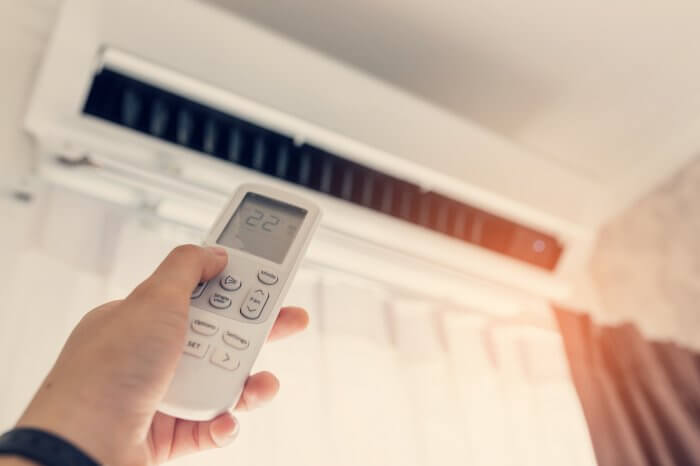
Compare the Market warns that households across Australia rolling onto smart meters could see their electricity bills increase unless they change their consumption habits.
Compare the Market is aware of some customers who have recently had their old meter replaced with a smart meter, but have seen their electricity bills increase. According to Compare the Market’s Head of Energy, Meredith O’Brien, this is likely because these customers have rolled onto a time-of-use tariff.
“Rather than being charged a flat fixed rate for their electricity usage, as is often the case with older meter types, smart meters allow for more flexible pricing structures,” Ms O’Brien said. “One of these is a time-of-use tariff, where peak, off-peak and shoulder times (in QLD, ACT and the Essential distribution network in NSW) can be applicable. In a nutshell, your electricity usage rates are often higher during peak demand times, while lower usage charges apply during off-peak and shoulder periods. Your retailer will usually inform you if your tariff structure changes.
“Some retailers also have demand charges, which are an additional charge on top of the normal peak charge. This is to discourage people from using multiple large appliances during peak demand periods.”
Peak, off-peak and shoulder periods refer to the time of day or specific days, where the price you pay can vary based on demand. Here’s a breakdown:
- Peak times are typically when the electricity demand is highest. It’s usually in the morning and evenings on weekdays (when most people are cooking, watching TV, running their heating and air conditioners or using power-guzzling appliances).
- Off-peak times tend to be when there’s less demand and as such, prices are usually cheaper. The exact times vary, but off-peak rates typically apply during late nights, early mornings or over weekends.
- Shoulder rates aren’t applicable in all areas and can vary depending on where you reside. They are somewhere between peak rates and off-peak rates. Demand may be higher than during an off-peak period, but not quite at the levels of a peak time.
“The purpose of time-of-use tariffs is to provide flexibility and to encourage households to use electricity during lower demand times and preserve usage during the peak times,” Ms O’Brien said. “If you’re in a household that’s been used to paying a flat rate at all times, adjusting your electricity consumption in line with peak or off-peak times can take some time. But if you’re working from home more, start changing your habits, such as running the washing machine and dishwasher during off peak times and charging devices during off-peak periods.
Ms O’Brien said that while there is a risk your bill could increase if you don’t alter your consumption habits, there are also many benefits to smart meters that could actually lower the amount you pay.
“One of the major benefits of smart meters is that they measure electricity in regular intervals, giving you accurate and constant information on how you’re consuming your electricity,” Ms O’Brien said. “If you see that your consumption is increasing during high-demand times with a smart meter, you may be able to adjust your habits to get them on track. This isn’t something that’s possible with an older meter.
“Another bonus is the ability to control your usage with smart devices. Your smart meter may have the ability to connect to smart devices around the home, which you’ll be able to control remotely through your mobile device and turn on and off as you need. You may set washing machines, dishwashers or dryers to operate in off-peak times to take advantage of lower rates.”
Your energy retailer will outline the peak and off-peak times, but it’s important to know these can vary based on your state and your distribution zone. However, Ms O’Brien said the rates and amount you’re charged can vary between retailers, which is why it’s important to regularly compare.
“In the same way that fixed prices vary between retailers, the price of time-of-use tariffs can vary and retailers can choose to set different times for peak and off-peak charging periods,” Ms O’Brien said. “Compare the Market’s online energy comparison service allows you to compare plans unique to your property, which can help if you have been rolled onto a time-of-use tariff.
“There’s little value in getting a quote that’s irrelevant to your circumstances, which is why our new service allows you to input your actual usage, based on your electricity tariff type and whether you have a controlled load and solar, when comparing electricity. For gas, you can also add any additional or off-peak usage for optimal results.
“The best part is it’s an easy digital-only service, meaning you are no longer waiting on hold on the phone or compare during office hours. We understand Australians are busy, so now you can use our energy comparison service 24/7.”
Ms O’Brien’s top tips to save on power bills.
- Track your usage
You may be able to track your usage through smart meters, in-home displays or web portals and adjust your habits accordingly. Talk to your retailer about the options available to you. The more you understand your electricity usage, the more ways you can try and cut your electricity bill.
- Be mindful of standby power
If you’re not using appliances, gadgets, lights, fans and other devices, turn them off at the wall. Standby power can account for more than 10% of your home’s electricity usage. With prices expected to soar, this is an easy way to save.
- Don’t throw away your money
It’s never been more important to use electricity efficiently. For example, if you’re on a time-of-use plan, avoid using power-guzzling devices during peak hours outlined by your retailer. Running appliances overnight or on weekends during off-peak times is usually cheaper.
You may also be able to claw back cash by using smart appliances, which you can adjust remotely to improve your energy efficiency.
- Utilise solar
If you’re one of the millions of households with solar panels installed, try to run electrical jobs while you’re generating your own power. Set timers for appliances like washing machines, dryers and dishwashers. Unless you immediately export electricity to the grid or store it in a battery for later use, you could miss out on savings.
- Compare energy plans
The electricity market is changing frequently, so it’s a good idea to compare electricity plans regularly to ensure you’re not paying more than you need to for electricity. You can switch in as little as two business days if you find a cheaper plan. Always be aware of any terms and conditions of your current plan and understand if there will be any fees (like exit fees) you may need to pay to switch.
For more information, please contact:
Phillip Portman | 0437 384 471 | [email protected]
Compare the Market is a comparison service that takes the hard work out of shopping around. We make it Simples for Australians to quickly and easily compare and buy insurance, energy, and home loans products from a range of providers. Our easy-to-use comparison tool helps you look for a range of products that may suit your needs and benefit your back pocket.








